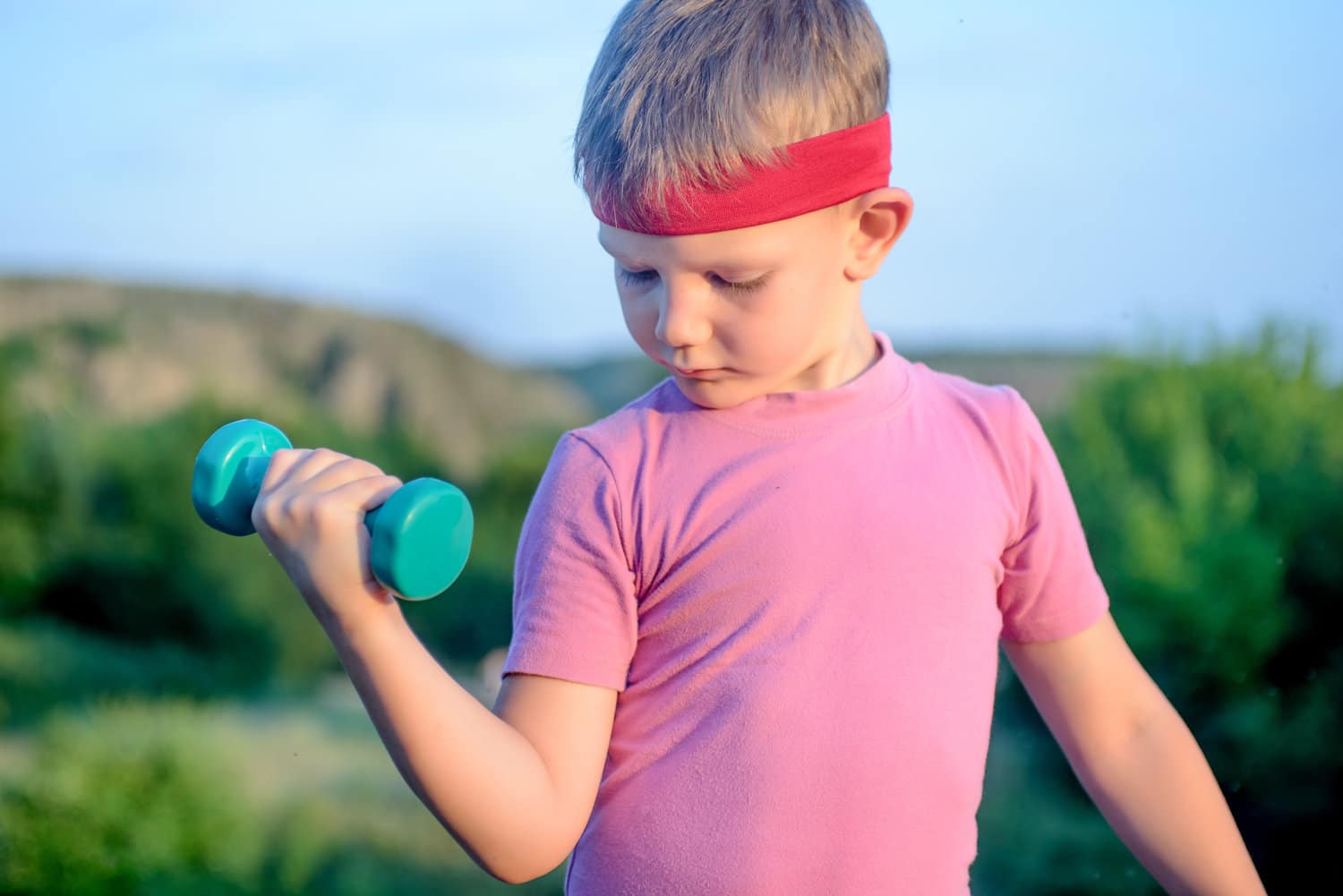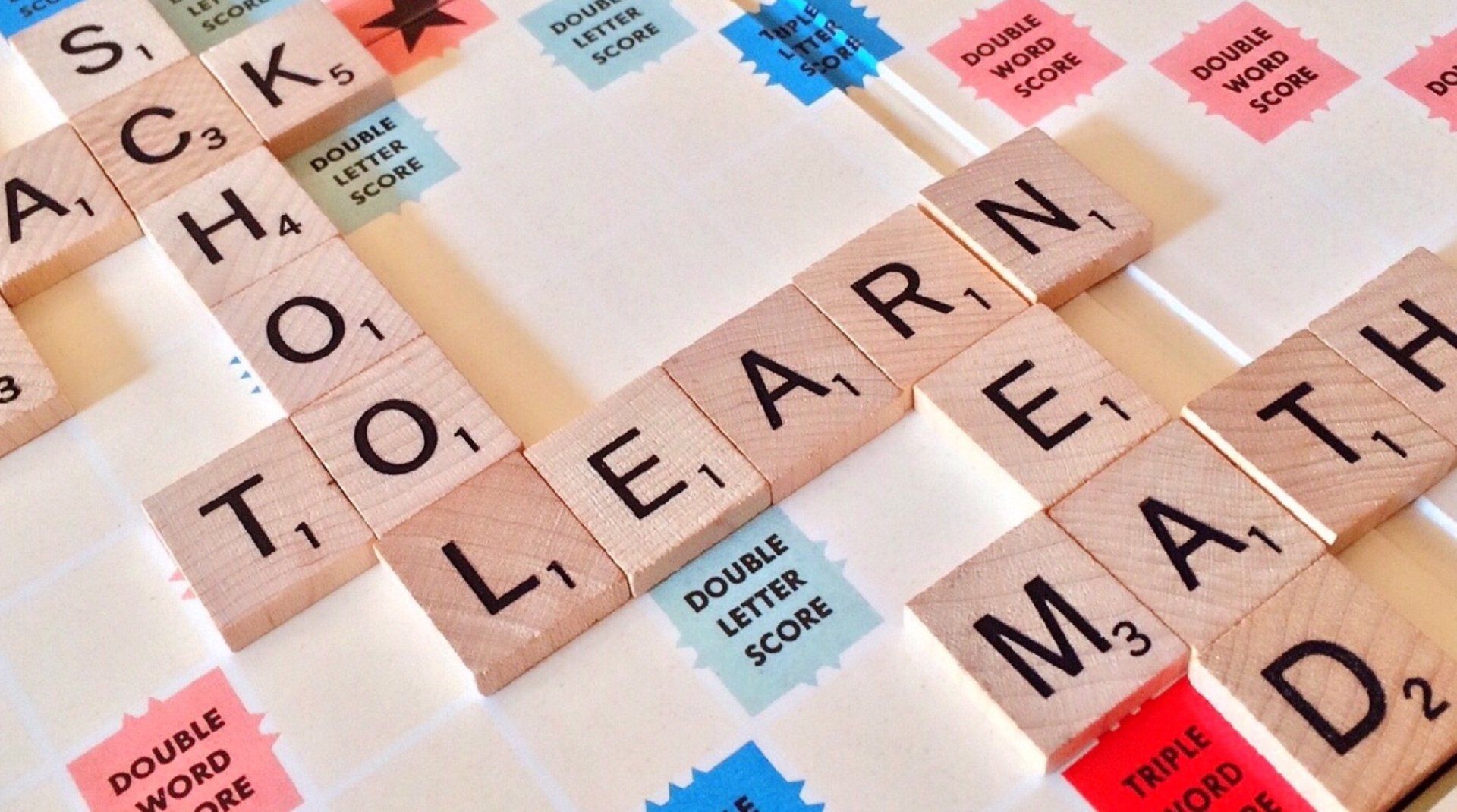Facts About the Benefits of Internship ExperienceHave you ever tried looking for a job? Then you'll know how hard it is to actually compete for a job in this market. Not to mention, most employers want “experienced” candidates. So how are we supposed to get this...
How To Promote a Healthy Body Image in Students

How To Promote a Healthy Body Image in Students
Help Keep the Children in Your Life From Falling Prey to the Scrutiny
It is hard to believe that in this day and age of preaching tolerance and acceptance, body image is still a concern for many young people. The world of social media and bullying unfortunately counters the tolerant attitude, meaning it is more important than ever to help children have a healthy body image from an early age. Studies have indicated this healthy dialogue should begin as early as kindergarten . This begins at home, but is dealt with every day at school as well. Shamrck feels very strongly about reducing the negativity and toxic attitudes surrounding our bodies. This blog post will discuss how parents and teachers can promote a positive attitude among their students.
To start, body image is a combination of the thoughts and feelings that you have about your body. Body image may range between positive and negative experiences, or a combination of both. Body image is influenced by internal (e.g. personality) and external (e.g. social environment) factors.
What are the four aspects of body image?
1. The way you see yourself (Perceptual)
The way you see your body is not always a correct representation of what you actually look like. For example, if someone sees themselves as fat while they are actually underweight.
2. The way you feel about the way you look (Affective)
There are things a person may like or dislike about the way they look.
3. The thoughts and beliefs you feel about your body (Cognitive)
Some people believe that they will feel better about themselves if they look a certain way.
4. The things you do in relation to the way you look (Behavioral)
For example, When a person is dissatisfied with the way they look, they may employ destructive behaviors such as excessive exercising or disordered eating as a means to change appearance.
Studies indicate that children are increasingly becoming more malcontent with regards to their bodies, having lower self-esteem, more negative thoughts, and exhibiting more unhealthy behaviors. These negative repercussions can include mood, anxiety, or eating disorders, just to name a few. These issues can follow them for years to come, perhaps lasting a lifetime.
Promoting healthy self-esteem affects everything from a child’s happiness and independence to future success. The University of Alberta found that body image dissatisfaction is so prevalent it affects 90 percent of women and 50 percent of men.
But what can parents and educators do?
There are many ways to teach kids about self-acceptance and how beauty really comes from within. The first simple, yet big, step is by celebrating diversity in appearance (e.g., different skin colors, hair textures, weights, heights), abilities (e.g., athletes vs non-athletes), interests (e.g., extroverts vs introverts), backgrounds (e .g., socioeconomics status) so that they understand that everyone is beautiful in their own way. Help them to learn to avoid making assumptions about people’s personality based on their appearance or background. Showcase diverse role models in your home, classroom, and community who are successful at balancing self-acceptance with realistic expectations. Promoting a wide variety of body types as “normal” puts to bed the idea of a cookie-cutter, ideal body. Children need to be aware that this is an unrealistic expectation, regardless of what they see on TV and social media.
Young people are bombarded with images of unattainable beauty standards on a daily basis. They may see these images in the media, hear them from classmates, or experience them in their own homes. The result? Various studies have found troubling statistics like a whopping 58% of girls have been told they’re too fat by age 10 . Large numbers of girls and boys have dieted to lose weight and been teased about being overweight by family members, friends, or classmates. This is why it’s so important for parents and educators to work together to foster a healthy body image. Here are a few ways to do that:
1. Give kids the opportunity to see themselves in a positive light.
Celebrate their accomplishments and wisely and genuinely praise them. Let them know you are proud of them. Also praise their efforts, not just results. They need to build up their self-esteem to be able to really embrace themselves.
2. Encourage them to nurture their strengths and talents.
Shamrck is able to help you by providing you with information about local resources and opportunities based on your child’s unique interests or needs based on their Shamrck assessment results.
3. Provide opportunities for developing new skills and interests.
As important as it is to support your child’s existing interests, it is also important to allow them options and new challenges and experiences to help them learn more about themselves. One way might be trying new activities outside school hours, like getting involved in their community, at church, sport clubs, where they can just look forward to doing something fun with their friends.
4. Teach them how to adopt self-acceptance with realistic expectations.
Your children can learn self-acceptance by acknowledging their strengths as well as their weaknesses. Help them adopt habits like positive self-talk, practicing gratitude, and separating themselves from their actions.
5. Promote a healthy body image by modeling it yourself! And be aware of the messages you send through your language, media, and culture.
Monkey see, monkey do. If your kids see you practicing unhealthy behaviors, eating a poor diet, unfairly criticizing others, or bullying yourself about your weight, they will likely do the same. Also, what you watch, like, or share on social media, can send your kids a message you may not intend. If you are feeding into unrealistic expectations and unhealthy behaviors based on media and social media, so will your kids.
6. Begin at an early age to educate children about healthy habits.
- Provide information about healthy eating habits.
- Educate yourself with research on the connection between weight stigma and mental health problems.
- Offer simple ways that they can build more activity into their day (e.g., walk or bike instead of drive; take stairs rather than elevator).
- Teach your child to maintain a healthy sleep schedule.
- Expose your child to mindfulness, relaxation, and religious/spiritual practices to help your child learn to love and accept their bodies. By learning to connect mind, body, and spirit, they develop skills to help them maintain an inner strength to guide them and stand up to bullies and peer pressure.
- Promote individuality. Let your kid know being different is a great thing!
- Encourage healthy self-esteem early on, engage them, listen to how they feel and what influences them.Teach them to judge people by their actions and words, rather than their appearance.
Conclusion
If you’re a parent, teacher or other caregiver and want to help promote healthy body image in the children in your life, there are ways you can support your kids and encourage them to embrace self-acceptance. Shamrck hopes these tips will be useful as tools for promoting positive body image among children of all ages.
It is important to encourage and inform kids about healthy body image and be aware of the messages they are receiving from their peers or media so as to help them feel more confident in themselves- instead of feeling pressured by what society tells them. We want our children to be comfortable with who they are on the inside and out! If you have any questions about how your child’s school promotes positive self esteem, don’t hesitate to reach out.
Go to the Shamrck Dashboard today for a personalized career plan based on your child’s unique interests and access to local opportunities that will help set your child on a healthy path for success.
What to Do if My Child is Struggling in School?
Address Their Difficulties and Make the Necessary ChangesSchool stress often follows your child home, and thus, quickly turns into a struggle for the entire family. You see, no matter how hard you try, your child might struggle in school at some point in their...
What Young People Need to Know About Taxes
Help The Next Generation Make Informed Decisions About TaxesYou may sometimes wonder how to present the concept of tax, and how important it is to educate the younger generation early on. It's important for them to understand how it will affect their day-to-day lives,...










